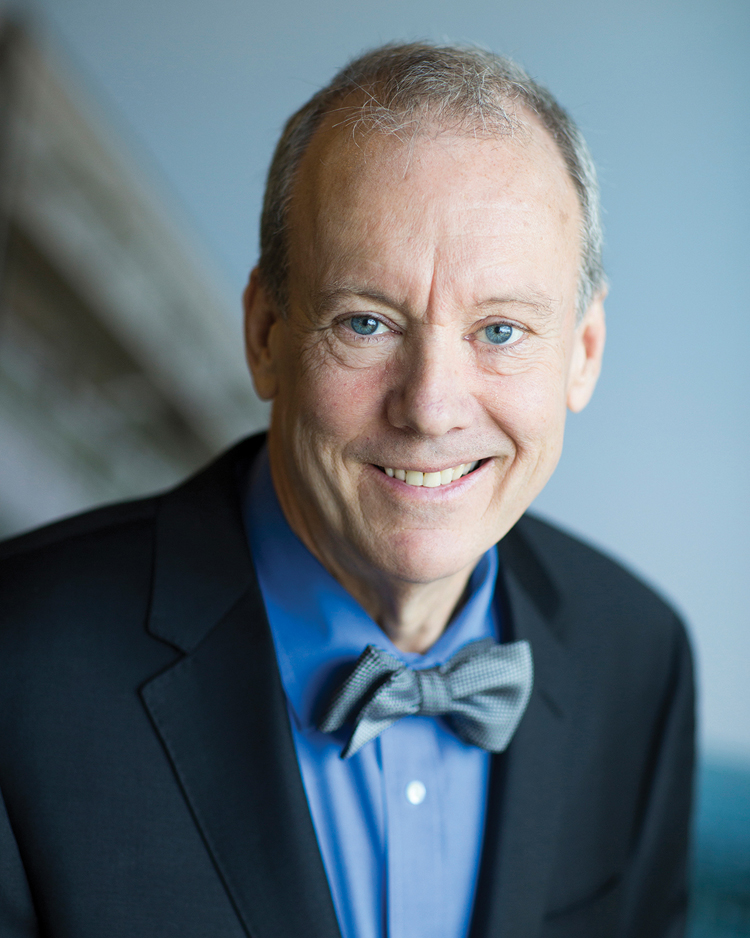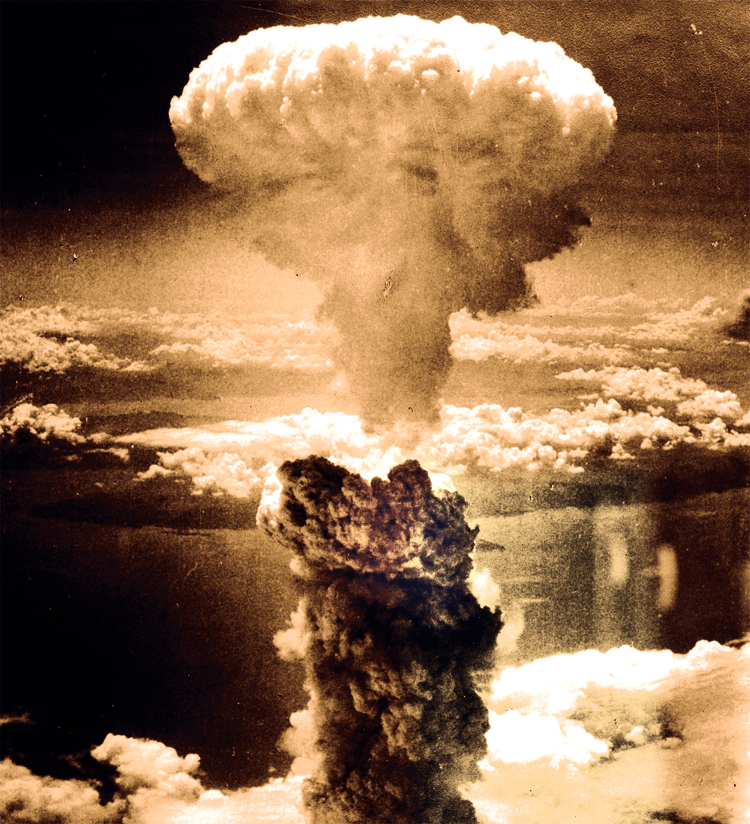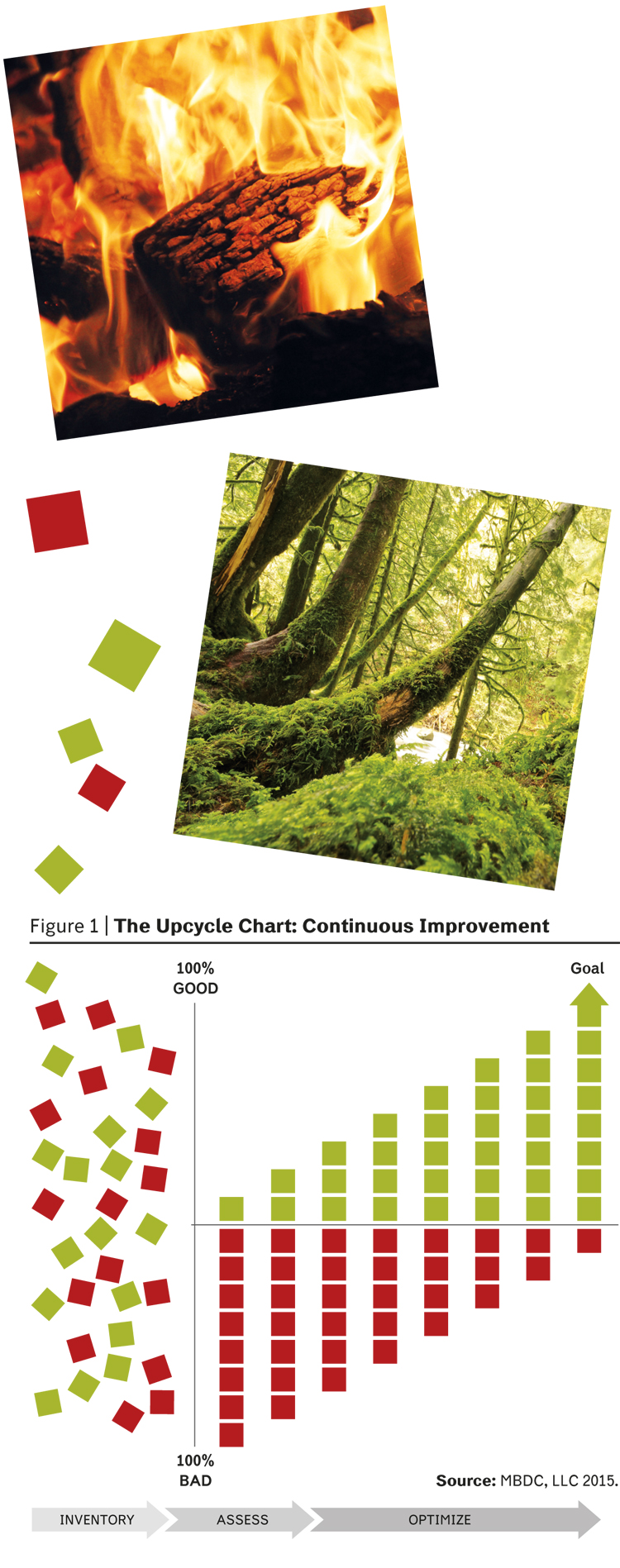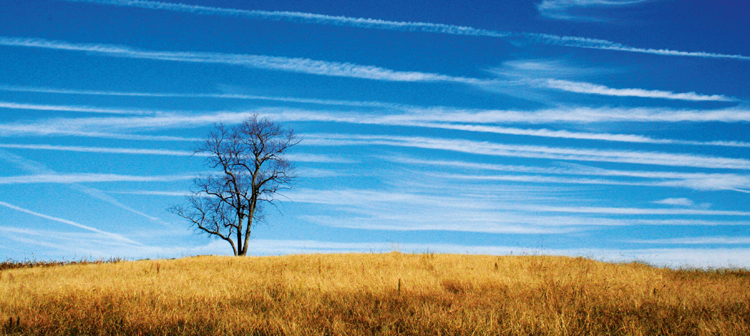
Elliptical, philosophical, rarely obscure and always enlightened with solid, simple concepts. Talking for more than an hour with one of the XXI century design guru is a revealing trip in everything that was wrong with past-century design and economic discourse. What if a global trauma, like the Hiroshima-Nagasaki atomic bomb erased not only two major Japanese city but also our bond with Nature’s equilibrium? And how can we rethink everything – the way we use natural resources, the way we produce – in an organic, circular way? William Andrews McDonough, designer, philosopher, and author, is known for his seminal Cradle to Cradle: Remaking the Way We Make Things, co-authored with chemist Michael Braungart.
In his latest book, The Upcycle: Beyond Sustainability — Designing for Abundance, McDonough takes sustainability beyond the simple reuse of materials, to regeneration, proposing a world in which everything we do improves the environment.
(He takes a long pause before answering the first question).
“The Upcycle is literally an extension of Cradle to Cradle. If we want to use a metaphor we have to look at Cradle to Cradle as the fulcrum and The Upcycle is the leverage. Cradle is the rock where we can raise leverage to human design. In the ‘fulcrum’ we outlined very straightforward pre-condition.”
 |
| Charles Levy, atomic bombing of Nagasaki on August 9, 1945
|
Which are?
“Materials are seen as biological or technical nutrients for safe, continuous cycling. Nature has no waste, nothing goes unused. This is why we need material reutilization: maintain continuous flows of biological and technical nutrients. Things have to go back for human utility and back to the natural realm safely. Think as a base for new business model. Renewable Energy is fundamental. Power all operations with 100% renewable energy. We have seen this coming. Especially from Italy, among others. Water Stewardship: water is regarded as a precious resource. Today when clothing factories have finished washing textiles, they collect this water and make clean drinking water. That’s because we changed the chemistry in the dyes, we thought with ‘the next mentality,’ and instead of producing hazardous waste – which means that products were hazardous – we designed safe products with an output (water) that can become something you can sell to the local garden club. This makes us think: why would a business want to lose such an opportunity? Why would a company poison water? Do we open business so we pollute rivers? Asking the right questions is key. Last precondition is social fairness.”
This is something that many businesses forget.
“We must celebrate all people and natural systems. People should be treated with respect in the whole process. This is extremely important (he takes another long pause). That is Cradle to Cradle. The book The Upcycle intends to make things better because you understand the concept in Cradle to Cradle. We collect so many examples to make the world better. For instance, it starts narrating a big company understanding what it means to say ‘we will become 100% clean powered.’”
Design plays a central role.
“Design is the first signal of human intention. Without the intention actions don’t necessarily begin. So the first act is to represent your values. Human values. Such as ‘we will not destroy the planet for future generation, because we believe in a healthy and safe world.’ And you apply those to your business: This is the upcycle. Deciding to become 100% good. And mean it.
 “Look at chart of constant improvement (see figure 1). You decided, ‘yes I want to be less bad,’ but being less bad is not being good. It is being bad, just less so. Upcycling, instead, is being less bad and at the same time being more good. Typically, upcycle is a qualification, not just a quantification (such as ‘I do less bad stuff’). Recycle is not upcycle because the transformation is not really improving the quality, making it more complex and less able to be beautiful. Downcycling: mix it with something that can’t be recovered cleanly. Upcycling: bring it back into the system for next use and increase the quality. Putting it back in the world. This is upcycle. Something that is better than before.”
“Look at chart of constant improvement (see figure 1). You decided, ‘yes I want to be less bad,’ but being less bad is not being good. It is being bad, just less so. Upcycling, instead, is being less bad and at the same time being more good. Typically, upcycle is a qualification, not just a quantification (such as ‘I do less bad stuff’). Recycle is not upcycle because the transformation is not really improving the quality, making it more complex and less able to be beautiful. Downcycling: mix it with something that can’t be recovered cleanly. Upcycling: bring it back into the system for next use and increase the quality. Putting it back in the world. This is upcycle. Something that is better than before.”
Traditional societies always have designed their ecosystem in a balanced, sustainable way. Why modern societies, in particular capitalist societies, have become so unsustainable?
“A small Italian farmer has been doing upcycling for thousands of years. Brilliant, because what he has been doing was essentially upcycling soil, following how nature work. But I want to take the answer to a larger scale. Have you ever tried to solve the Einstein’s equation E=mc2? I was sitting once by the fireplace in New England and I was in deep thoughts about energy. The Universe is entropy; everything is going to chaos, never to revert. What is the opposite? I went to the library to find about negative entropy. Everything has an opposite. Where is the order? And then a flash: E=mc2. We have E that is physics and m that is chemistry. The question is: Where is biology? Negative entropy is not physics, it is biology. The log burning is entropy, the log growing is negative entropy, it is order, and so you realize the Earth is a living thing that needs growth and open system of chemical to guarantee reproduction to organism. So biological life negates entropy. When you see that you realize what farmers have been doing for thousands of years. Life is creating order out of chaos, they support the soil with nitrogen and carbon from the atmosphere, and they are grazing the vitality of the planet.
“Again, think about E=mc2. When I was a child, at 5, I was exposed to Hiroshima. I remember the cover magazine on the table with pictures of the atomic explosion. And I was thinking: why humans do this to each other, how is this possible to make a city disappear in seconds? In college I asked a professor how a city can disappear in seconds. He told me to look at the E=mc2 (relativity theory give birth to the nuclear bomb, Editor’s Note). What has changed in the way we look at the world? The atomic bomb. In the midst of last century humankind created a situation where people’s understanding of the world was that the world could end tomorrow. We started living, as there were no tomorrow. We started throwing things away, make things and use them. Because the world can end tomorrow.”
Like with climate change.
“Exactly. Enjoy your life while you can, don’t worry about it. If the world ends will make no difference. We lost our sense of intergenerational connectivity and we create a kind of global tyranny of hopelessness.”
A culture of waste born, imbued of consumer capitalism. How can we shift this approach and say: upcycle?
“Designers are terribly optimistic about things. The world of the arts is looking with intensity at details, they see things deeply. It’s the wonder, it deliciousness, beauty. Gods is in the details. These are drivers. On the other hand, we have specialist learning more and more of less and less, for them devil is in the details, a detail that can debunk a theory. It is not the wonderment, it is a focused understating. Something that can change design and the business is asking the right question: how can something beautiful destroy children’s health? Or the planet? If I make the finest silk in a factory and pollute the river, you can’t say I am providing the fashion industry with the most beautiful silk.”
We need more regulation and control to protect us from harm?
“Regulating design has a cost. We need to eliminate regulation. That is what cradle- to-cradle design does. By producing good design you eliminate the need for regulations, for paperwork, you eliminate costs, fear, and concern from customers. This is the chance to rise up and upcycle your business. This changes the fundamental question of business itself. How much can we give for what we get?
“Today green and clean techs are booming. But new technology, branded and environmental friendly, or marketed as so, aren’t always based on good design. Think. Today many things are still releasing carbon in the atmosphere. We have to ask: are you emitting toxins? Carbon is not a toxin. Our food is carbon, our trees are carbon, and children are carbon. We see carbon as something that surrounds us. The problem is having carbon in the wrong place, which is where it becomes toxin. Toxins are material in the wrong place. Lead in computer is behaving as a transmission; lead in child’s brain is a neurotoxin. Carbon is only toxic in the atmosphere, at this point of history. It is like putting lead in a child’s brain. So when we see clean tech that puts something in the wrong place – like carbon in the atmosphere – that is not good. So for example when we talk about biofuels we are still talking about carbon going in the atmosphere. So we have to ask ourselves: is this intelligent? I think you have to look at the equation quite carefully. When you use palm oil you lose all the carbon sequestered in the forest.
“Watch out for things that are not as green as they are labeled. Efficiency is usually a good place to start. But the search for new technique that respect the point said is the most exciting thing.”
In the book you often make the case about a typical wittgensteinian issue. The way we use concept can be a limit. How is relevant to find new meaning to new material innovation?
“We replace concepts in a strange way. For example we use space to define our relations. Where is it, instead of utility, ‘what is it?.’ Think: we throw things ‘away.’ We put in the water and goes ‘away.’ For the person downstream it is not away. This idea of away is odd; we forgot that we are somebody else’s away. We started as gatherers, in a world where there’s no ‘away.’ When we became farmers we created here and away. In China sewage was considered sacred. When you were having dinner at someone’s, you where leaving you ‘deposits,’ your faeces because your were returning their nutritious. Now we throw those ‘away.’ If we move towards the concept of utility, than we can can talk use.
“You can’t say drink my urine or drink my sewage, they say ‘throw it away,’ but if you stress use and say ‘how can I design to reuse sewage that contain H2O,’ you use your brain thinking about use.
“Earth is here for a use. And instead we are abusing it. Language becomes important.”
In the book you describe how can we upcycle soil.
“China has declared that 19,4% of farmland is polluted with toxic metals, and toxic to food. Current farming techniques expend the Earth’s natural resources without ‘giving back.’ In the past 200 years, the US have depleted 75% of its topsoil due to ‘modern’ agricultural techniques such as monoculture, over-tilling and salinization of soil due to over-watering. The yearly loss of topsoil in the United States alone continues at an estimated $150 billion annually. One hundred and fifty years ago, the Iowa prairie had 12 to 16 inches of topsoil, as well as the carbon stored in the deep roots of prairie plants, which were as much as 15 feet deep. Now the topsoil is down to 6 to 8 inches. Soil production takes significant time; it can require from 100 to 500 years to create one inch of topsoil. With those kinds of numbers, human beings have little to no hope of catching up. We should go and fix it. Upcycle it.”

You travel across the world, do you see a change in mentality, do you see people applying Cradle-to-Cradle concepts?
“We are seeing changes today. I am Chairman of World Economic Forum for the council of circular economy. It is interesting they put a designer do chair the group. Circular economy is spreading.”
How would you define the circular economy?
“The circular economy is a resourceful economic system and innovation engine, providing continuous benefits to society in the present and the future. It is designed, Cradle-to-Cradle, to endlessly recirculate clean biological and technical materials, energy, water and human ingenuity. In essence, the circular economy puts the ‘re’ back into resources. Our goal is a delightfully diverse, safe, healthy and just world – with clean air, soil, water and power – economically, equitably, ecologically, and elegantly enjoyed. Otherwise the future will bring a global nuclear desert.”


